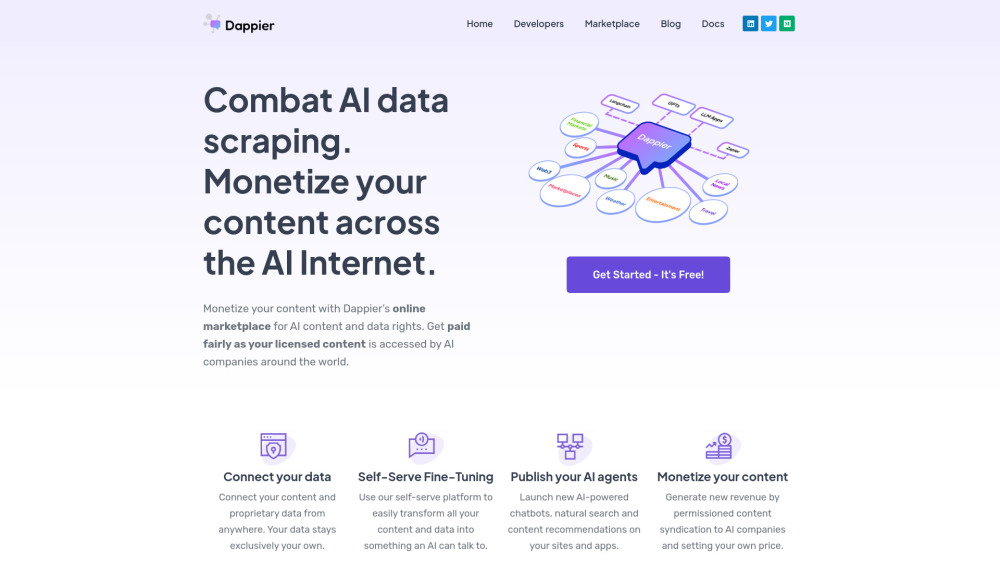Create Your Own AI Robot: Discover How Hugging Face’s LeRobot Tutorial Transforms Robotics!
Most people like

Boost Your Brand's Engagement and Reach with Experiential Event Photography. Experience how an innovative system can elevate your brand through captivating event photos that resonate with your audience.

Discover the world of AI-curated stock photos, where cutting-edge technology meets stunning visuals. Explore an extensive collection of high-quality images, carefully selected by artificial intelligence to suit your creative needs. Whether for marketing campaigns, social media, or personal projects, our AI-driven platform ensures you find the perfect stock photos that resonate with your audience. Dive into a new era of imagery and elevate your projects with eye-catching visuals today!

Introducing an AI-driven interview intelligence platform designed to elevate your hiring process. This innovative tool harnesses the power of artificial intelligence to enhance candidate evaluation, streamline interviews, and improve hiring outcomes. With its advanced features, our platform transforms traditional hiring methods into a more efficient and insightful experience, ensuring you find the best talent swiftly and accurately. Join us in revolutionizing the recruitment landscape with cutting-edge AI technology.

In today’s digital landscape, the demand for high-quality content is at an all-time high, making AI content licensing an essential asset for businesses and creators alike. Online marketplaces dedicated to AI content licensing provide a streamlined platform for accessing, sharing, and monetizing innovative AI-generated material. Whether you’re a marketer seeking engaging visuals or a content creator in need of fresh ideas, these marketplaces offer a treasure trove of resources designed to enhance your projects and boost your productivity. Discover how leveraging AI content can transform your creative efforts and elevate your brand in the competitive online space.
Find AI tools in YBX

